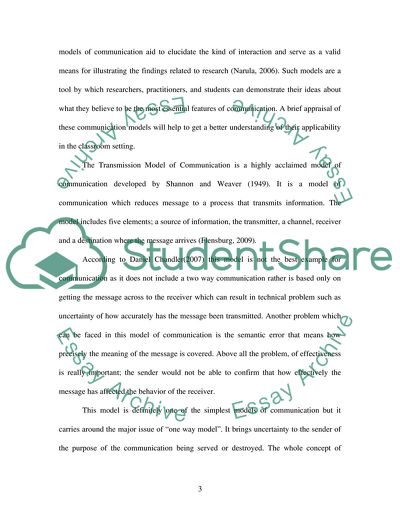Cite this document
(A Review of Three Models of Communication and Group Behavior and their Term Paper - 1, n.d.)
A Review of Three Models of Communication and Group Behavior and their Term Paper - 1. Retrieved from https://studentshare.org/education/1749208-a-review-of-three-models-of-communication-and-group-behaviour-and-their-application-to-practice-in-a-class-room
A Review of Three Models of Communication and Group Behavior and their Term Paper - 1. Retrieved from https://studentshare.org/education/1749208-a-review-of-three-models-of-communication-and-group-behaviour-and-their-application-to-practice-in-a-class-room
(A Review of Three Models of Communication and Group Behavior and Their Term Paper - 1)
A Review of Three Models of Communication and Group Behavior and Their Term Paper - 1. https://studentshare.org/education/1749208-a-review-of-three-models-of-communication-and-group-behaviour-and-their-application-to-practice-in-a-class-room.
A Review of Three Models of Communication and Group Behavior and Their Term Paper - 1. https://studentshare.org/education/1749208-a-review-of-three-models-of-communication-and-group-behaviour-and-their-application-to-practice-in-a-class-room.
“A Review of Three Models of Communication and Group Behavior and Their Term Paper - 1”, n.d. https://studentshare.org/education/1749208-a-review-of-three-models-of-communication-and-group-behaviour-and-their-application-to-practice-in-a-class-room.


